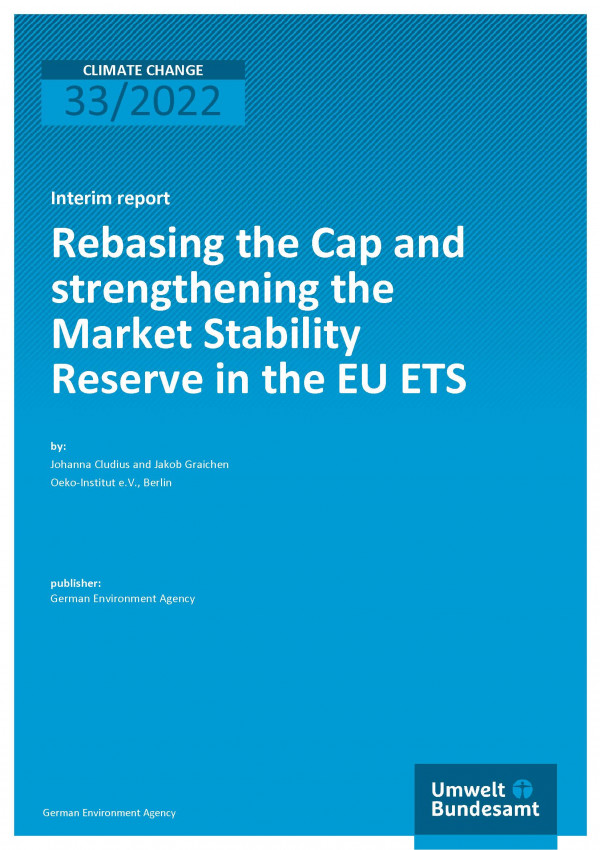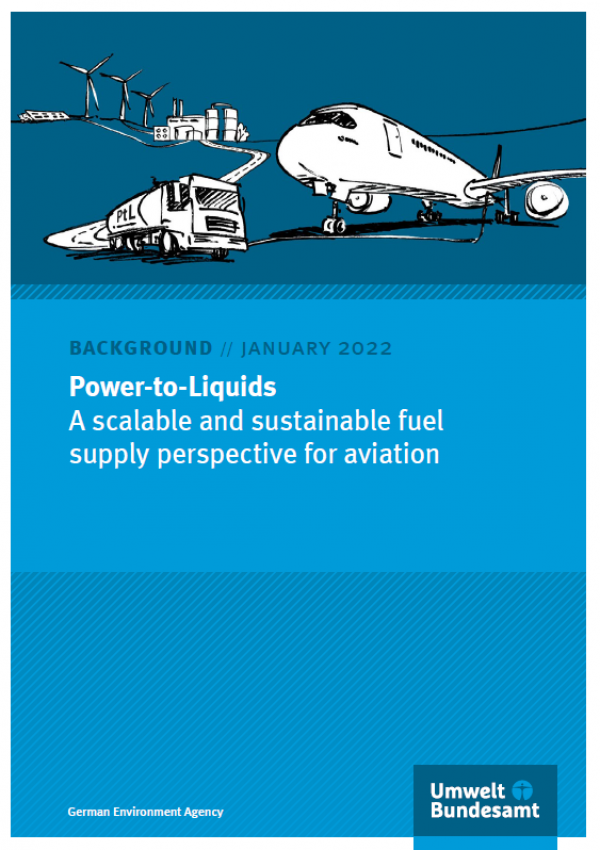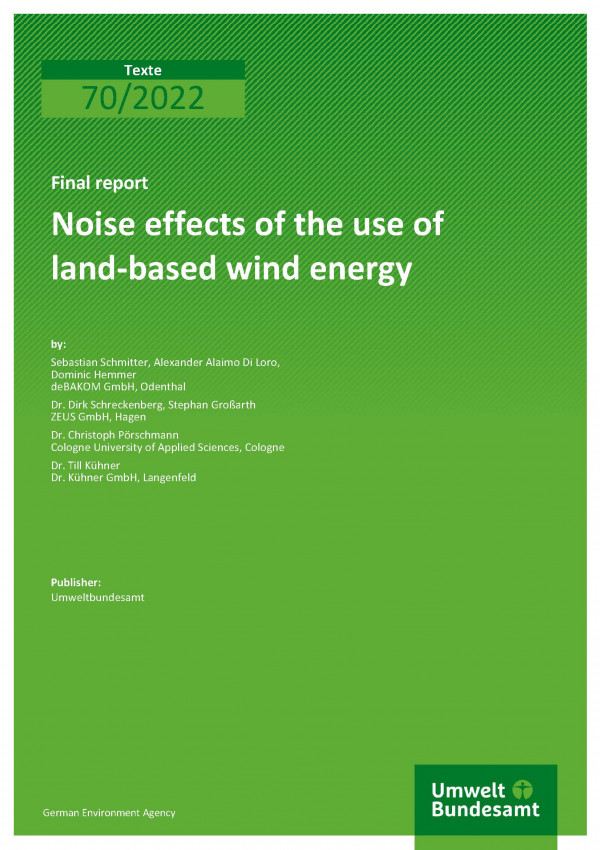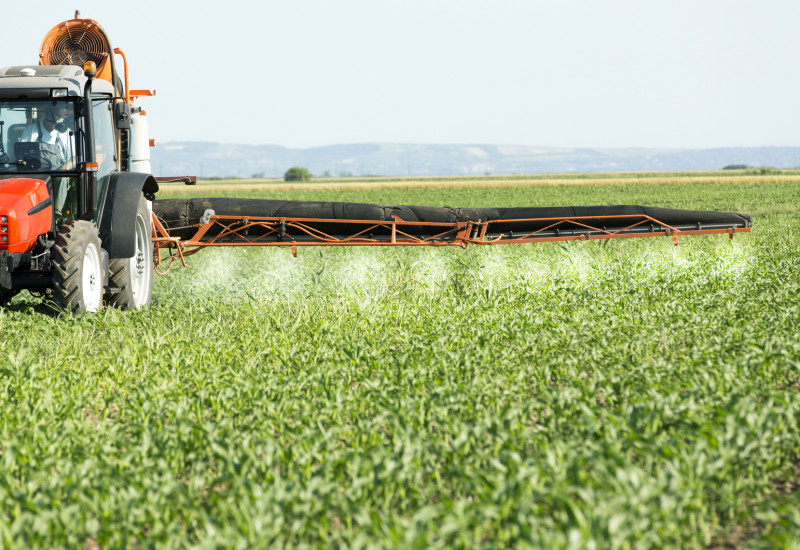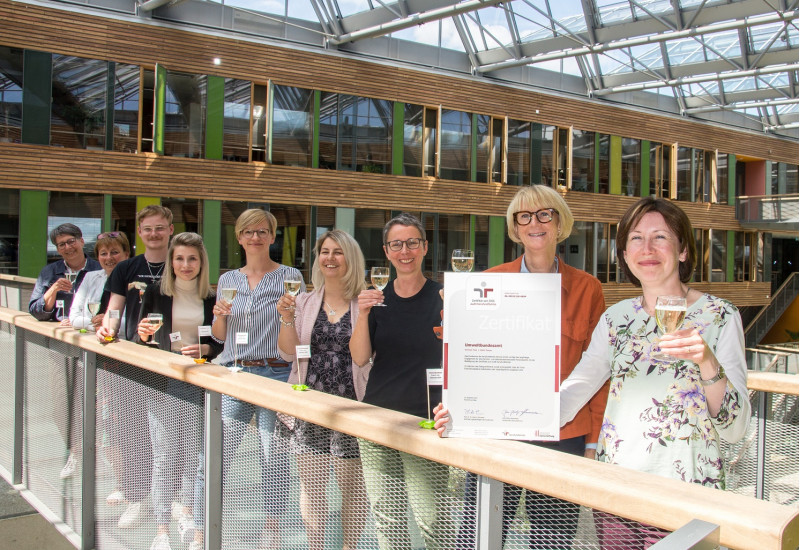Heat, drought, and heavy rainfall: what Germany can do about it

Climate change is causing an increase in extreme weather in Germany.
Source: Bernd Brueggemann / Fotolia.com und mb67 / Fotolia.com |
Because of climate change, Germany is facing more and more hot summer days with temperatures above 30 °C and tropical nights with temperatures of at least 20 °C. Heat waves are now at least five times more likely than they were in 1900. This is particularly detrimental to vulnerable people such as the elderly and those with pre-existing medical conditions in densely populated inner cities. Extensive ground sealing and building development, as well as little greenery, result in particularly intense heat in these areas.
Climate change is also resulting in a decrease in soil moisture in Germany. As of 15 July 2022, the topsoil (down to 30 cm) showed drought stress throughout almost all of Germany, and in some cases extreme drought stress, and this had corresponding consequences not only for forests, agriculture, and forestry. At the same time, rain is increasingly falling as heavy rain – which runs off quickly, sometimes leaving devastation in its wake, as was the case last year in the Ahr valley.
In addition to the rapid reduction of environmentally harmful greenhouse gas emissions, there is an urgent need to adapt to the consequences of climate change. We need to combat the heat in the inner cities by significantly increasing the amount of green space and providing more shade through external sun protection on buildings. Dedicated floodplains along the rivers can help to prevent damage from heavy rain and simultaneously retain water in the landscape for dry periods. Water needs to be used carefully everywhere, which is to say that it should be kept free of pollution and used sparingly; for example, by mulching in agriculture to avoid the soil drying out, or by collecting rainwater in private gardens and only watering the garden in the cool morning or evening hours. You can find much more information and recommendations from the German Environment Agency by clicking on the following links.






